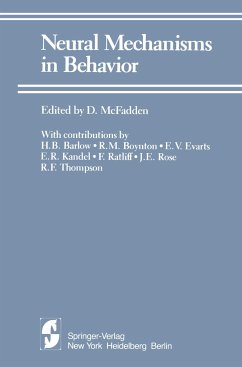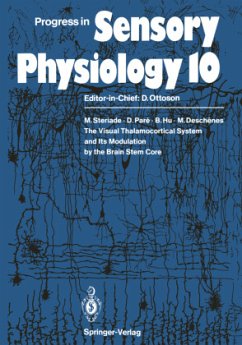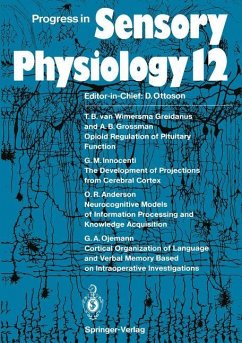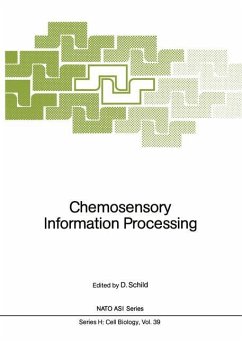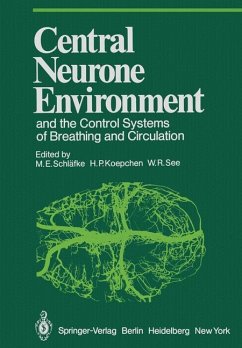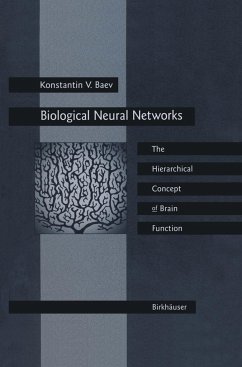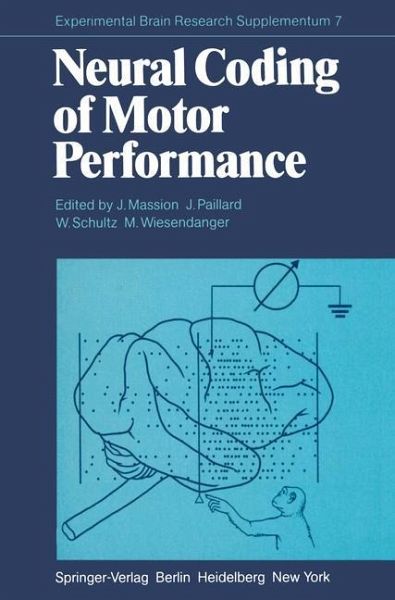
Neural Coding of Motor Performance
Versandkostenfrei!
Versandfertig in 1-2 Wochen
77,99 €
inkl. MwSt.

PAYBACK Punkte
39 °P sammeln!
This volume covers the proceedings of a symposium held in Marseille in March 1982 as a satellite meeting of the IBRO First World Congress in Lausanne. About 70 participants from more than ten countries attended the symposium, whose central theme was "Neural Coding of Motor Performance. " Whereas coding within the sensory systems has been dis cussed widely, coding in the field of motor control has been analyzed much less. Over the past 10 years an impressive amount of information has been assembled combining re- . cordings in central and peripheral neural structures during the performance of si...
This volume covers the proceedings of a symposium held in Marseille in March 1982 as a satellite meeting of the IBRO First World Congress in Lausanne. About 70 participants from more than ten countries attended the symposium, whose central theme was "Neural Coding of Motor Performance. " Whereas coding within the sensory systems has been dis cussed widely, coding in the field of motor control has been analyzed much less. Over the past 10 years an impressive amount of information has been assembled combining re- . cordings in central and peripheral neural structures during the performance of simple and complex motor tasks. Data such as those relating the behavioral phenomena of the awake animal to single-cell recordings from various cerebral areas have been carefully worked out by a number of investigators. It was thought at the symposium that the time had come for this infor mation to be collected and reexamined, and presented in one volume. The present book was conceived to cover the scope and significance of coding throughout the nervous system. by "coding" in the central nervous system? This What is meant question can be answered in general by bringing together data and viewpoints from many disciplines - behavior, neurophysi ology, neuropharmacology - and clinical observations. Gen erally speaking, one may call coding a method of communica tion, i. e. , the language that brain cells use for exchange of information.



